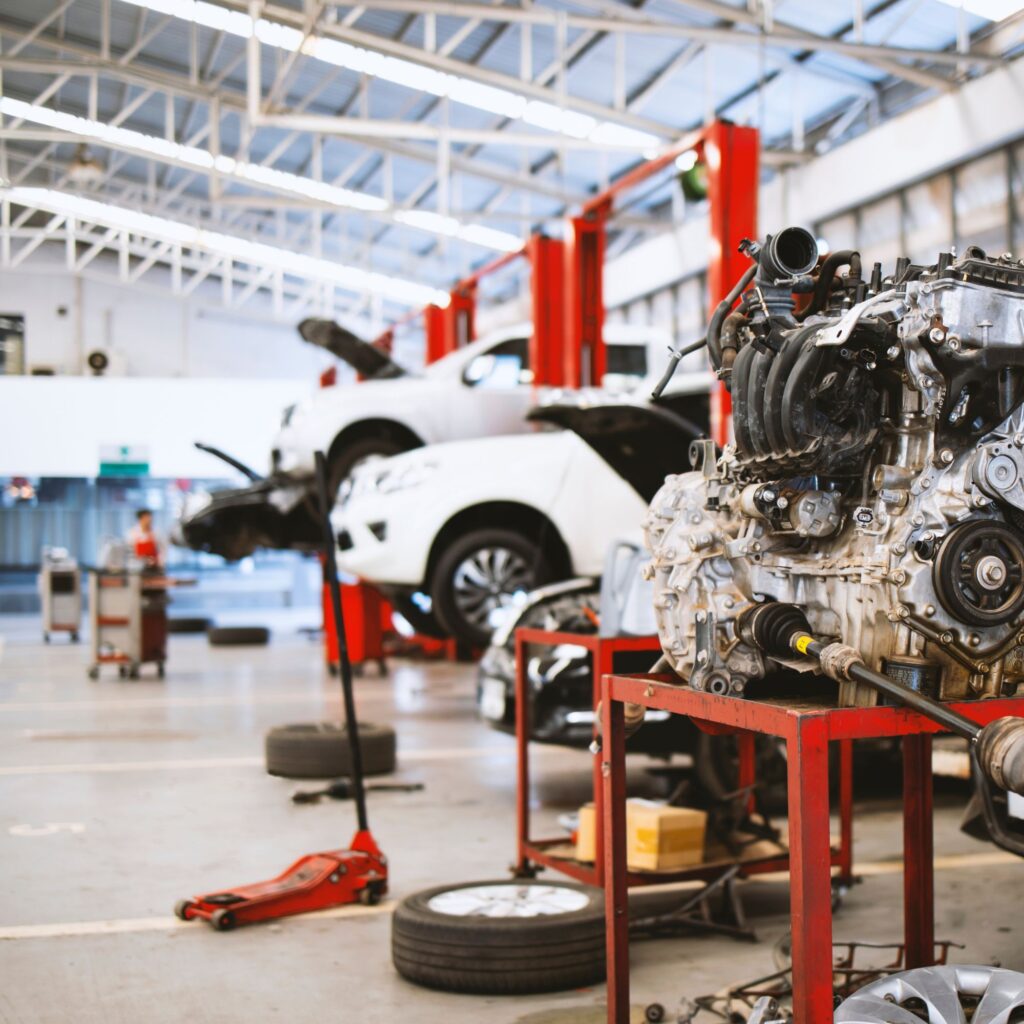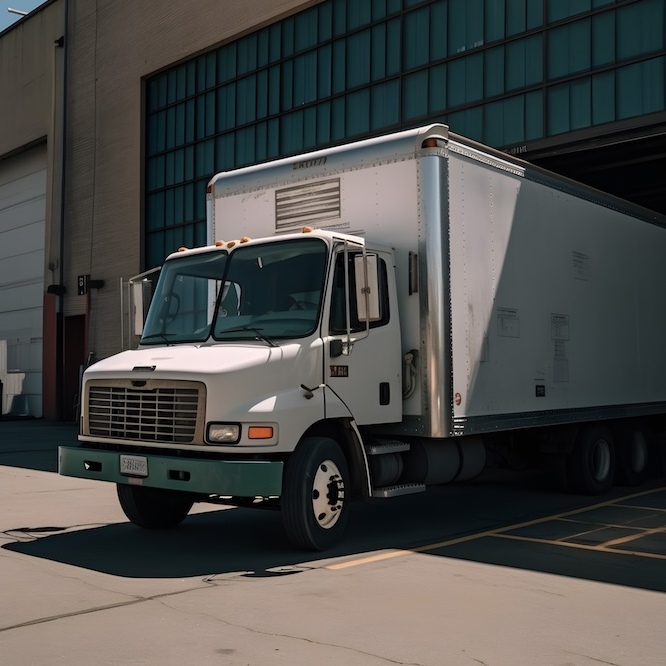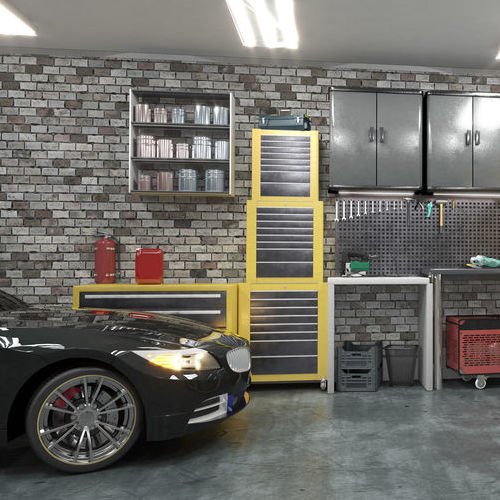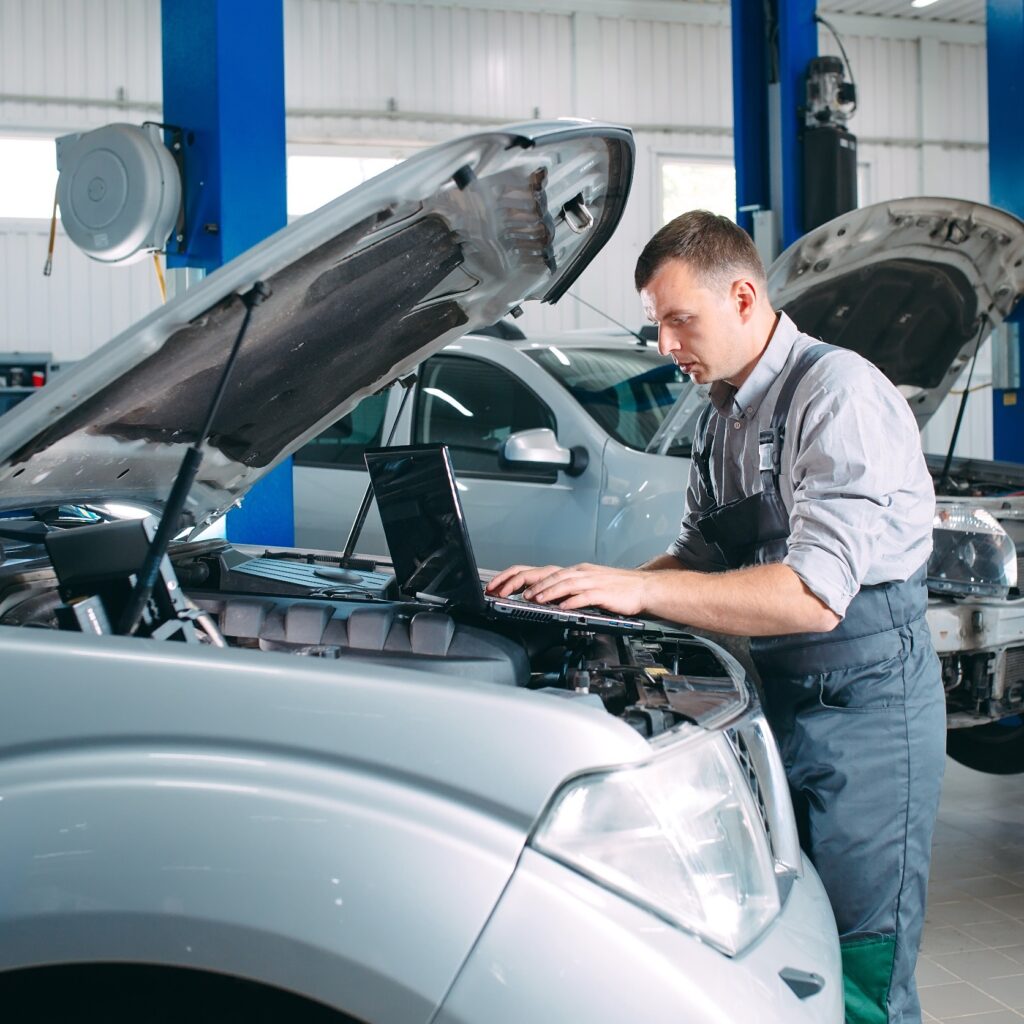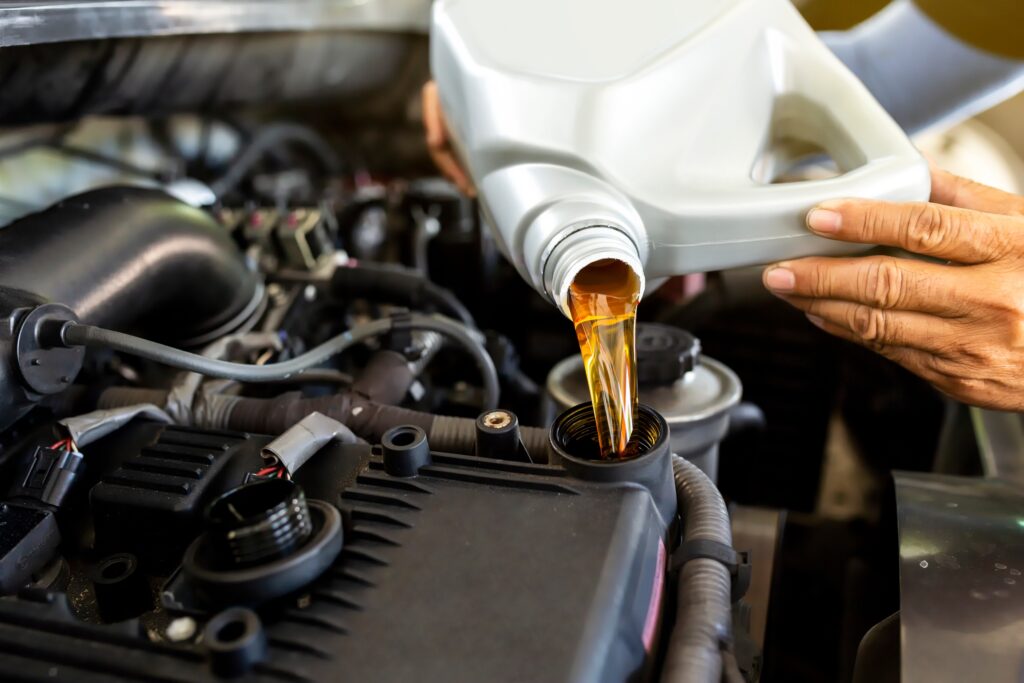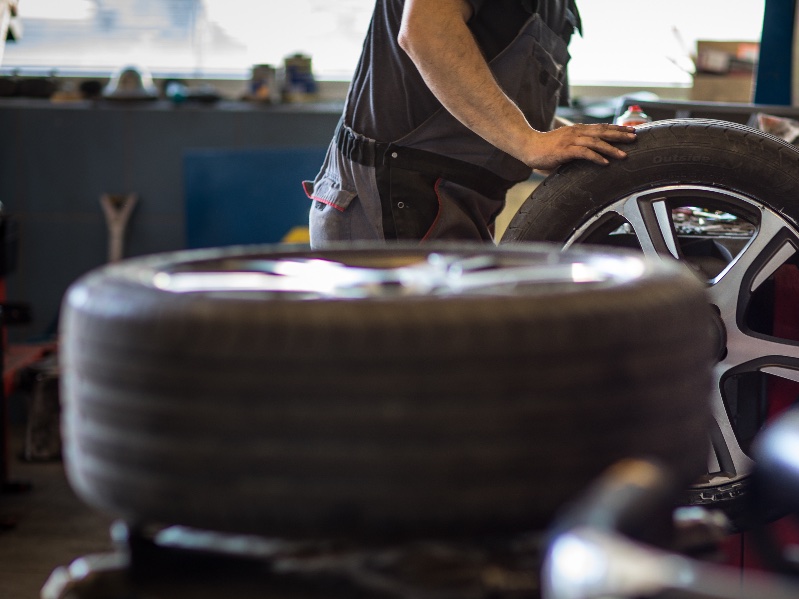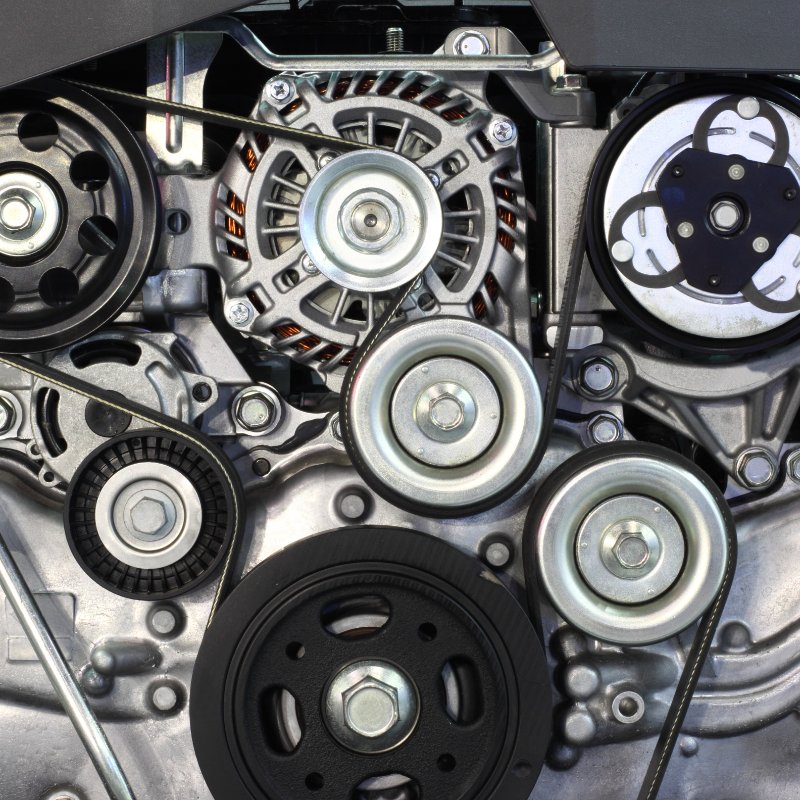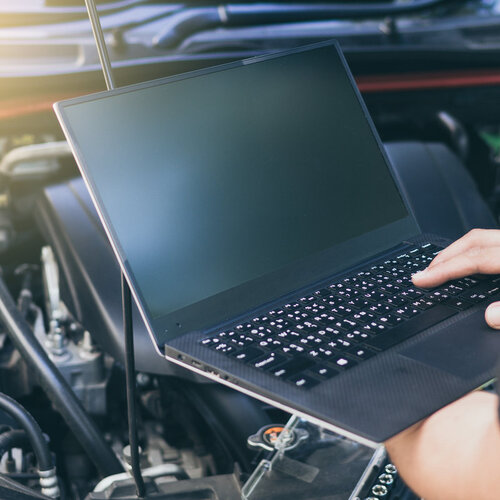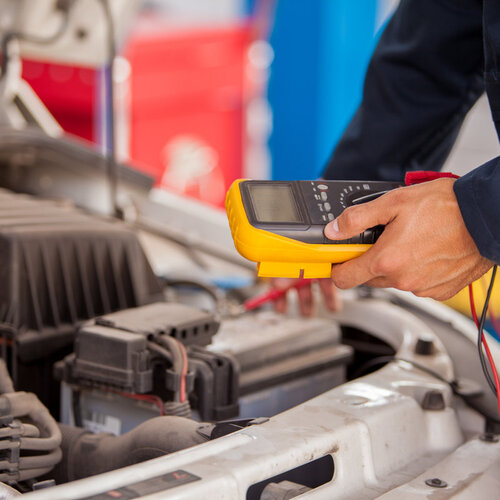
Everything You Need to Know About Box Truck Transmission Service
When it comes to maintaining a box truck, one of the most crucial aspects is ensuring the transmission is in top working condition. The transmission is responsible for transferring power from the engine to the wheels, allowing your vehicle to move efficiently. Understanding the ins and outs of box truck transmission service can save you time, money, and potential headaches down the road. In this post, we’ll answer some common questions related to box truck transmission fluid and its maintenance.
What Kind of Transmission Fluid Does a Box Truck Take?
The type of transmission fluid required for a box truck depends on the make and model of the vehicle. Generally, there are several types of transmission fluids available, including:
- Automatic Transmission Fluid (ATF): This is the most common type of transmission fluid used in modern automatic transmissions. It provides lubrication, helps manage temperature, and ensures smooth gear shifts.
- Manual Transmission Fluid: Typically thicker than ATF, this fluid is designed for use in manual transmissions and provides the necessary lubrication and protection for gears.
- Synthetic Transmission Fluid: Known for its longer life and better performance in extreme temperatures, synthetic fluid is often recommended for heavy-duty vehicles like box trucks.
- Specialty Fluids: Some manufacturers specify unique formulations tailored to their transmissions, which means it’s essential to refer to your box truck’s owner manual or consult with a professional mechanic to determine the correct fluid type.
Is Transmission Fluid and Hydraulic Fluid the Same Thing?
Transmission fluid and hydraulic fluid are not the same, although they share some similarities. Here’s a breakdown of the differences:
- Transmission Fluid: Specifically formulated for transmissions, it includes additives that help with cooling, lubrication, and smooth gear shifting. Transmission fluid is essential for both automatic and manual transmissions in vehicles.
- Hydraulic Fluid: Used in hydraulic systems such as brakes, power steering, and industrial machinery, hydraulic fluid is designed to transfer power. While it provides lubrication and reduces wear, its primary function is to create hydraulic pressure.
Using the wrong type of fluid in your box truck can lead to performance issues and potential damage. Always use the recommended transmission fluid for your specific vehicle.
Does the Truck Need to Be Running to Add Transmission Fluid?
Yes, in most cases, the truck should be running to add transmission fluid, especially for automatic transmissions. Here’s why:
- Circulation: When the engine is running, the transmission fluid circulates through the transmission, ensuring an accurate level reading.
- Temperature: Transmission fluid expands as it warms up, so checking the fluid level with the engine running and at the correct operating temperature gives a true indication of the necessary amount.
- Prevent Overfilling: Adding fluid while the engine is running helps avoid overfilling, which can cause excessive pressure and damage to the transmission system.
To add transmission fluid properly:
- Park the truck on a level surface.
- Start the engine and let it idle.
- Shift through all gears, then place it in ‘Park’ or ‘Neutral’.
- Locate the transmission dipstick, pull it out, wipe it clean, reinsert it, then check the level.
- If fluid is needed, add the appropriate type through the dipstick tube in small amounts, rechecking the level until it’s within the correct range.
Can You Mix Transmission Fluid?
Mixing different types of transmission fluid is generally not recommended. Here’s why:
- Compatibility: Different fluids have unique additives and chemical compositions designed for specific transmissions. Mixing them can lead to chemical reactions that degrade the fluid’s performance and protective properties.
- Warranty Issues: Using the wrong fluid type can void your vehicle’s warranty, leading to costly repairs that aren’t covered.
- Performance Problems: Incompatible fluids can cause poor shifting, overheating, and increased wear and tear on transmission components.
If you’re unsure about the fluid type in your box truck, it’s best to drain and replace the old fluid entirely with the correct one rather than mixing fluids.
Conclusion
Proper box truck transmission service is vital for the longevity and performance of your vehicle. Using the right type of transmission fluid, adding fluid correctly, and avoiding mixing different fluids can prevent a host of problems and keep your box truck running smoothly.
For professional box truck transmission service in Inglewood, CA, trust our experienced technicians to get the job done right. We offer comprehensive transmission maintenance, fluid replacement, and repair services to keep your box truck in top shape.
Ensure your box truck is ready for the long haul with our expert transmission services. Contact us today at __PHONE__ to schedule an appointment or learn more about our services. Keep your business moving with a reliable box truck transmission service you can count on!

